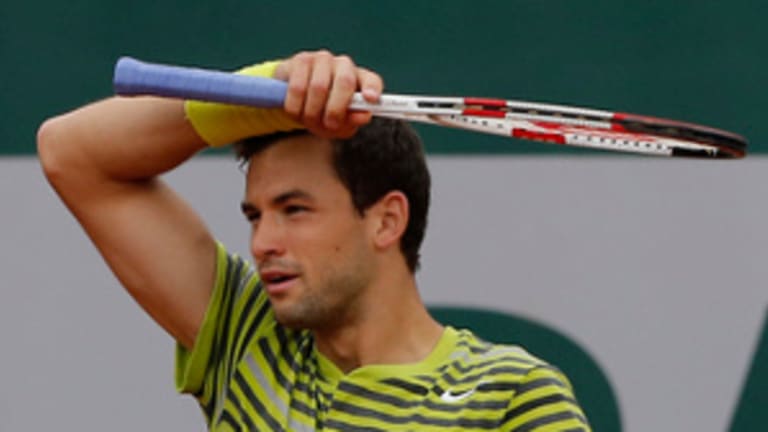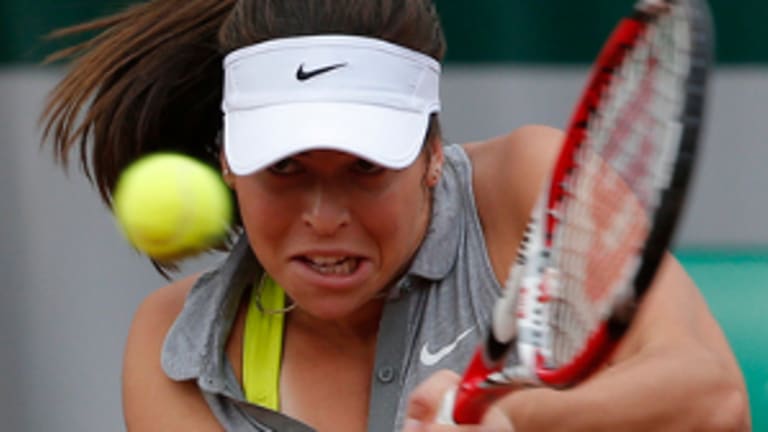A Grand Slam is a busy time; there are 256 stories to follow over the course of two weeks, and that’s just in singles. So it wouldn’t be surprising if a few slipped through the cracks or vanished before we had a chance to thoroughly dissect—and possibly overreact—to them. Here are five that, as far as I could see, could have received more attention.
ICYMI
By Jun 06, 2014Press Release
Tennis Channel names first Europe-based executive: Matthias Hahn is general manager of network's German-language platforms
By Apr 16, 2024Zheng eases past Cîrstea in Stuttgart opener after long trip from China. Paolini also through
By Apr 16, 2024The Business of Tennis
Zheng Qinwen wins in Stuttgart, picks up Lancôme deal alongside world No. 1 Iga Swiatek
By Apr 16, 2024Pop Culture
ATP stars pick their 'GMOAT': Greatest Musician of All Time
By Apr 15, 2024Social
Mikael Ymer changes his mind on return to tennis amid anti-doping ban: "Retirement was boring"
By Apr 15, 2024Press Release
Tennis Channel will have live coverage of all-time great Rafael Nadal's return Tuesday, April 16
By Apr 15, 2024WTA Stuttgart, Germany
Paula Badosa to face bestie Aryna Sabalenka once again in Stuttgart after opening win
By Apr 15, 2024Beginner's Guide
Who is Flavio Cobolli? The scoop on Rafael Nadal's first hurdle in Barcelona return
By Apr 15, 2024ATP Barcelona, Spain
Qualifier Nick Hardt becomes first Dominican to win ATP match in six years
By Apr 15, 2024ICYMI
Five stories you may have missed, or forgotten, from the French.
Published Jun 06, 2014
Advertising

ICYMI
© AP
Advertising

ICYMI
© AP